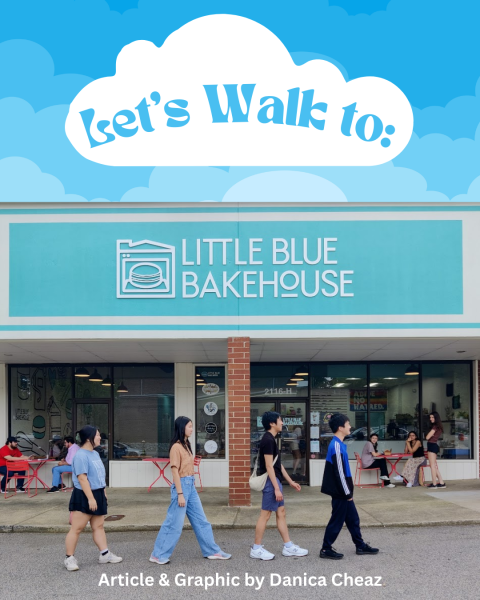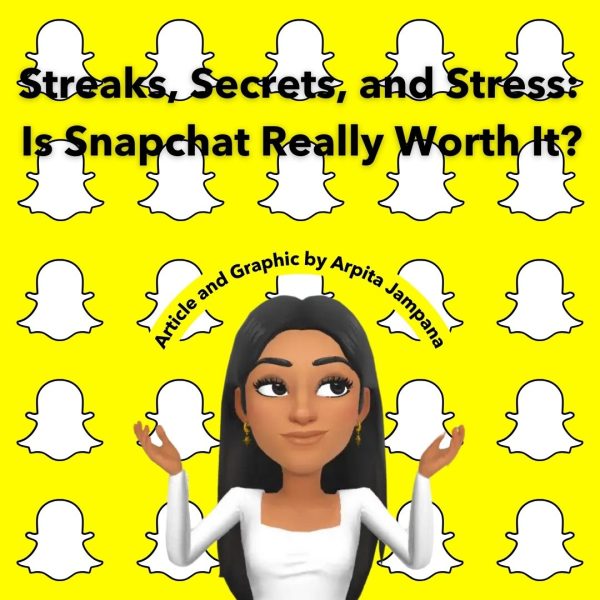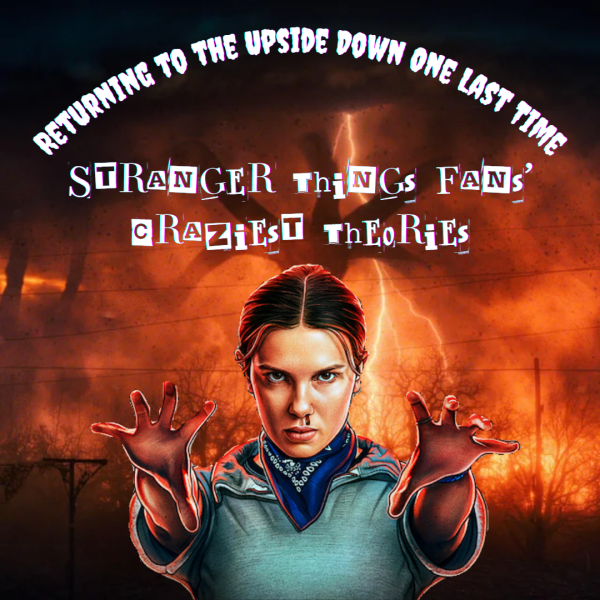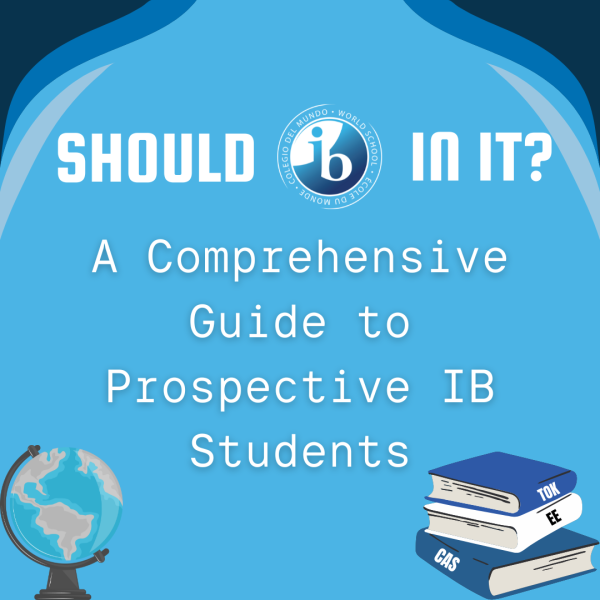CAMERA CROSSFIRE: Ho Hos or Chemistry? That’s what I thought.
Let’s say it’s Monday and you’re sitting in virtual class. You have your camera off, as you usually do, and you’re trying your best to pay attention when your stomach rumbles, and you suddenly remember that you have one last package of Ho Hos waiting for you in the kitchen. Now, you have a dilemma on your hands. Ho Hos or Chemistry? It’s a tough call. But then again, who’s going to notice if you’re gone for a few minutes? No one, you realize, because your camera is off. Problem solved. You’re bounding out of your seat to snatch a snack before you know it, leaving your computer, your pencil, and all hope of learning any chemistry today far behind you.
If this sounds familiar, you’re not alone, and you’re not to blame. The option to turn your camera off during an online class is a temptation few can resist, and once you’re invisible, you can’t be expected to have your head in the game. After all, why would you stay in your chair when you can take a run around the block, play a video game, or simply stay in bed? If students are expected to be present and engaged in a world where distractions are an inevitable part of the school day, we need to say goodbye to the escape button we all press too often: “Turn Camera Off”.
“I like to turn on my camera because this way, the class feels more like normal,” says sophomore Jolie Duquene. “It helps the teachers feel like they are not alone and teaching to a screen, but instead teaching to active and participating students… I understand that not everyone has a camera, may have slower internet speeds, or may not feel comfortable turning one on, however I still think that we should turn on a camera to help class be filled with people and not circles.” Many students like Jolie feel that choosing to press the “Turn Camera On” button makes virtual learning a little less lonely. Mia Pageau, an Enloe senior, agrees. “I like being able to see other people in class to distract me from how weird it is to have class online,” she says. “Plus, if anyone else wants to have their camera on but is uncomfortable being the only one, it could make them more comfortable.”
If you’re anything like Jolie or Mia, you understand that seeing other classmates makes virtual learning feel more like the in-person Enloe learning we all miss and love. But for many teachers, the luxury of a friendly face is often nowhere to be found. Of the whole Enloe community, teachers may be facing the greatest inflexibility and discomfort. Many teachers find themselves teaching a class of colored circles, which perhaps inflicts the most loneliness and discomfort of all. Imagine waking up every day, ready to teach your students, and when class time comes around, you are the only visible person in the class. The students are there, but being the only one visible might make you lonely and self-conscious. To make matters worse, when attempting to involve students by asking questions, nobody feels compelled to answer, so you are met with silence. This is a common reality for many of our teachers at Enloe – shouldn’t students give a little more compassion, help our teachers out a little more?
All in all, turning the camera on helps to unite the Enloe community. Students are able to focus and learn more, and get to know their classmates. Teachers are able to feel a little more comfortable, and make class more collaborative and effective. As an Enloe body, we should band together, turn on cameras, and make virtual learning as effective as it can be.
Your donation will support the student journalists of Enloe Magnet High School, allowing us to cover our annual website costs. We are extremely grateful for any contribution, big or small!











